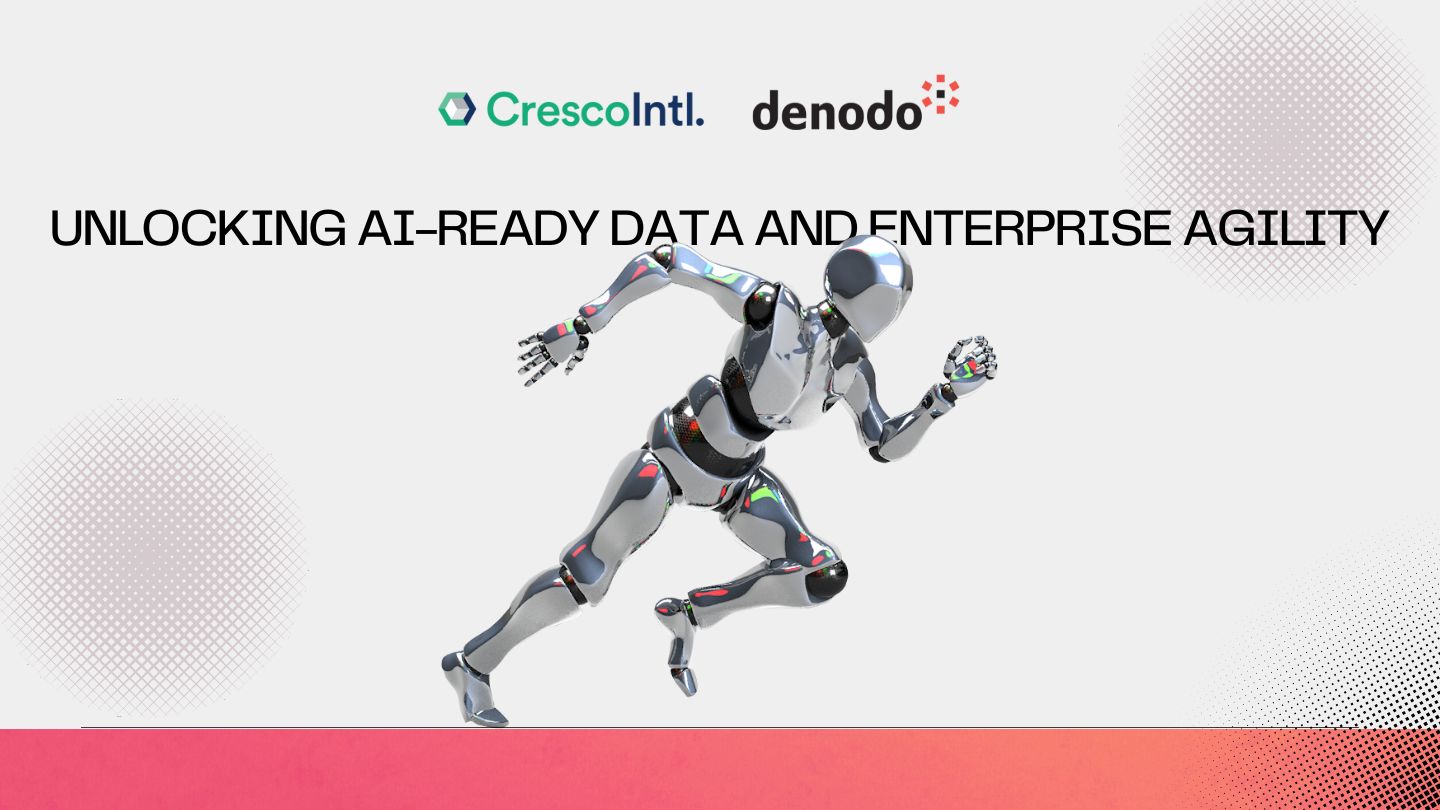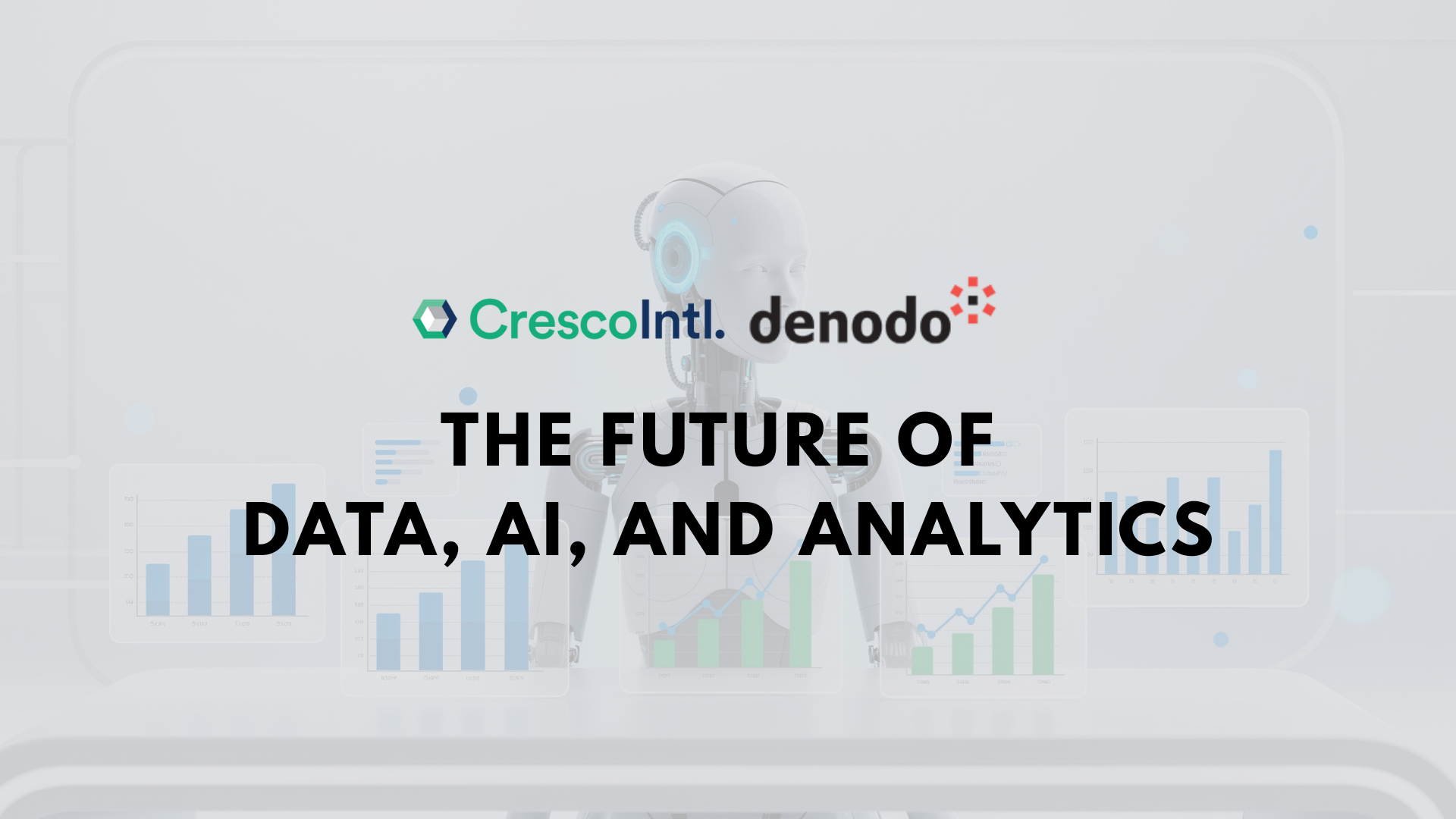Finding a parking spot has become an increasingly frustrating and time-consuming task for drivers. The challenge of parking not only affects individual commuters but also contributes to traffic congestion, increased fuel consumption, and higher levels of air pollution. As cities continue to expand and the number of vehicles on the road rises, there is an urgent need for innovative solutions to optimize parking systems and improve the overall urban mobility experience.
By leveraging advanced algorithms and data-driven decision-making, optimization solvers and mathematical optimization offer a promising solution to the complex problem of parking optimization. In this blog, we’ll explore how Optimization solvers and mathematical optimization can be applied to create smarter, more efficient parking systems that benefit both drivers and cities as a whole.
The Parking Challenge: A Growing Urban Dilemma
Before delving into the solution, it’s crucial to understand the magnitude of the parking problem in modern cities. The challenges associated with urban parking are complex and interconnected:
- Limited Space: As urban populations grow, the demand for parking spaces often outpaces the available supply. This scarcity leads to increased competition for spots and can result in illegal parking behaviors.
- Time Waste: Drivers often spend considerable time circling blocks in search of an available parking spot. This not only wastes time but also contributes to traffic congestion and increased fuel consumption.
- Environmental Impact: The constant circling of vehicles in search of parking leads to unnecessary carbon emissions, exacerbating air pollution and contributing to climate change.
- Economic Losses: Time spent searching for parking translates to lost productivity for businesses and individuals alike. Additionally, the inefficient use of parking spaces represents a missed opportunity for revenue generation for cities and parking facility operators.
- User Frustration: The stress and frustration associated with finding parking can negatively impact the overall urban experience, potentially deterring people from visiting city centers and affecting local businesses.
- Inefficient Resource Allocation: Without proper optimization, parking resources are often underutilized in some areas while being overwhelmed in others, leading to an imbalanced and inefficient system.
These challenges call for a sophisticated approach that can take into account multiple variables and constraints to find the most optimal parking solutions. This is where optimization solvers and mathematical optimization come into play, offering a powerful framework for addressing these complex issues.
Optimization Solvers and Mathematical Optimization: A Powerful Solution
Mathematical optimization, also known as mathematical programming, decision optimization, or decision intelligence, is a branch of applied mathematics that focuses on finding the best solution from a set of possible alternatives. When applied to parking optimization, it can help compute the most efficient routes for drivers to find parking spots, ultimately reducing the number of cars circling city streets and helping drivers locate parking more quickly and efficiently.
Optimization solvers are high-performance mathematical programming solvers for linear programming, mixed integer programming, quadratic programming, and quadratically constrained programming problems. It’s particularly well-suited for tackling complex optimization problems like parking optimization due to its advanced algorithms and ability to handle large-scale models.
Here’s how optimization solvers and mathematical optimization can address the parking challenges:
Objective Function: The primary goal in parking optimization is to minimize the total time it takes for a driver to reach their final destination. This can be expressed as an objective function that combines two key components:
- The time it takes to find a parking spot
- The time it takes to walk from the parking spot to the actual destination
By minimizing this objective function, we can find the optimal route for drivers to follow, balancing the trade-off between driving time and walking time.
Constraints: The optimization model takes into account various constraints, such as:
- Available parking spots in different areas
- Time-dependent parking availability
- Traffic conditions
- Walking distances
- Parking fees
- User preferences (e.g., willingness to pay for premium spots)
These constraints ensure that the solution is realistic and adheres to the physical and operational limitations of the parking system.
Dynamic Updates: By incorporating real-time data on parking availability and traffic conditions, the model can provide dynamic routing suggestions that adapt to changing conditions throughout the day.
Multi-Objective Optimization: In addition to minimizing time, the model can also consider other objectives such as minimizing cost or environmental impact, allowing for a more holistic approach to parking optimization.
Technical Implementation: Leveraging Optimization Solvers for Parking Optimization
Implementing a parking optimization system using optimization solvers involves several key technical steps:
Data Collection and Integration: The first step is to gather and integrate relevant data sources, including:
- Real-time parking sensor data
- Historical parking patterns
- Traffic flow information
- Geospatial data for street layouts and walking routes
- Weather data
This data is crucial for creating an accurate representation of the parking environment and informing the optimization model.
Model Formulation: The parking optimization problem is typically formulated as a Mixed Integer Programming (MIP) model. This involves defining decision variables (e.g., which route to take, which parking spot to choose), constraints (e.g., capacity limits, time restrictions), and the objective function (minimizing total time to destination).
Optimization Solvers Integration: Once the model is formulated, it can be implemented using Optimization Solvers or through their APIs in languages like Python, Java, or C++. Optimization Solvers’ powerful algorithms, including branch-and-cut and advanced heuristics, can efficiently solve the complex MIP model.
Real-Time Solving: To provide up-to-date recommendations, the system needs to solve the optimization problem in real-time as new data becomes available. Optimization Solvers’ performance allows for quick re-optimization, enabling the system to adapt to changing conditions.
Output Processing: The solution from Optimization Solvers needs to be translated into actionable route recommendations for users. This involves post-processing the optimization results and integrating them with mapping and navigation systems.
User Interface Development: A user-friendly interface, typically in the form of a mobile app, needs to be developed to allow drivers to input their destinations and receive optimized parking recommendations.
Business Aspects: The Value Proposition of Parking Optimization
From a business perspective, implementing a parking optimization system offers numerous advantages:
- Improved Customer Experience: By reducing the time and stress associated with finding parking, businesses can enhance the overall customer experience, potentially increasing foot traffic and sales in urban areas.
- Increased Parking Revenue: Optimized parking systems can lead to higher utilization of available spaces, potentially increasing revenue for parking operators and municipalities.
- Data-Driven Decision Making: The wealth of data collected and analyzed through the optimization system can inform long-term urban planning decisions, helping cities allocate resources more effectively.
- Sustainability Initiatives: By reducing unnecessary driving and emissions, parking optimization aligns with sustainability goals, enhancing a city’s or company’s environmental credentials.
- Competitive Advantage: For parking operators or municipalities, offering an advanced, AI-driven parking solution can provide a significant competitive advantage in attracting and retaining customers.
- Scalability: Once implemented, the optimization system can be scaled to cover larger areas or adapted to other cities, providing opportunities for growth and expansion.
Need CPLEX Training? Enroll for
ROI and Benefits: Quantifying the Impact
The potential return on investment (ROI) and benefits of implementing a parking optimization system are substantial:
- Time Savings: Studies have shown that drivers can spend up to 20 minutes on average searching for parking in busy urban areas. By reducing this time even by 50%, a parking optimization system could save millions of hours collectively for drivers in a large city.
- Fuel Savings: Less time spent circling for parking translates directly to reduced fuel consumption. This not only saves money for individual drivers but also contributes to lower carbon emissions.
- Reduced Congestion: By directing drivers efficiently to available spots, parking optimization can significantly reduce traffic congestion. Some estimates suggest that up to 30% of urban traffic is caused by drivers searching for parking.
- Increased Revenue: Optimized parking systems can lead to higher occupancy rates for parking spaces. Even a modest 5-10% increase in occupancy can translate to millions of dollars in additional revenue for large cities or parking operators.
- Environmental Impact: Reduced emissions from more efficient parking can contribute to better air quality and help cities meet their environmental targets.
- Economic Benefits: Easier parking can encourage more people to visit urban centers, potentially boosting local businesses and the overall urban economy.
While the exact ROI will vary depending on the scale and specific implementation of the system, cities and businesses that have implemented similar smart parking solutions have experienced significant benefits.
Cresco International: Your Partner in Parking Optimization
As we’ve explored the complexities and potential of parking optimization using optimization solvers and mathematical optimization, it’s clear that implementing such a system requires expertise in both technology and domain knowledge. This is where Cresco International, an IBM trusted partner and consulting firm specializing in decision optimization and optimization solvers, can play a crucial role in helping businesses and cities unlock the full potential of parking optimization.
Cresco International brings a wealth of experience and a proven track record in developing customized decision optimization solutions across various industries. When it comes to parking optimization, Cresco’s expertise can be invaluable in several key areas:
- Tailored Solution Design: Cresco understands that every city and parking scenario is unique. Their team of experts can work closely with stakeholders to design a parking optimization solution that addresses specific challenges and aligns with local regulations and infrastructure.
- Data Integration and Management: One of the biggest challenges in implementing a parking optimization system is integrating diverse data sources. Cresco has extensive experience in data management and can help organizations seamlessly integrate parking sensor data, traffic information, and other relevant data streams into a cohesive system.
- Optimization Solvers Implementation: As experts in optimization solvers, Cresco’s team can efficiently implement and fine-tune the optimization model to ensure it delivers the best possible results. They can leverage optimization solvers’ advanced features to handle large-scale problems and provide real-time solutions.
- Algorithm Development: Beyond basic optimization, Cresco can develop sophisticated algorithms that take into account factors such as user preferences, dynamic pricing, and predictive analytics to further enhance the parking optimization system.
- Scalability and Performance Optimization: As parking systems grow and evolve, Cresco can ensure that the optimization solution scales effectively. They can optimize performance to handle increasing data volumes and user requests without compromising on response times.
- User Interface Design: Cresco can develop intuitive, user-friendly interfaces for both drivers and system administrators, ensuring that the powerful optimization capabilities are accessible and easy to use.
- Integration with Existing Systems: For cities or businesses with existing parking management systems, Cresco can seamlessly integrate the new optimization solution, minimizing disruption and maximizing the value of current investments.
By partnering with Cresco International, businesses and cities can leverage world-class expertise in optimization solvers and mathematical optimization to transform their parking systems. Cresco’s holistic approach ensures that the technical implementation is aligned with business goals, regulatory requirements, and user needs, maximizing the benefits of parking optimization.
Whether you’re a city looking to reduce congestion and improve urban mobility, a parking operator aiming to increase revenue and customer satisfaction, or a business seeking to enhance the parking experience for your customers, Cresco International has the knowledge, experience, and tools to help you succeed in your parking optimization journey.
Need CPLEX Training? Enroll for
Conclusion
The challenge of urban parking is a complex problem that requires an innovative, data-driven approach. Optimization solvers and mathematical optimization offer a powerful solution, capable of considering multiple variables and constraints to find the most efficient parking strategies. By implementing such a system, cities and businesses can reduce congestion, save time and fuel, increase revenue, and contribute to a more sustainable urban environment.
However, the successful implementation of a parking optimization system requires more than just technology—it demands expertise, experience, and a deep understanding of both the technical and business aspects of the problem. This is where partners like Cresco International play a crucial role, bridging the gap between advanced optimization capabilities and real-world implementation.
As urban populations continue to grow and the demand for parking increases, the need for smart, optimized parking solutions will only become more pressing. By embracing the power of optimization solvers and mathematical optimization, and partnering with experts like Cresco International, cities and businesses can turn the parking challenge into an opportunity for innovation, efficiency, and improved urban living.











